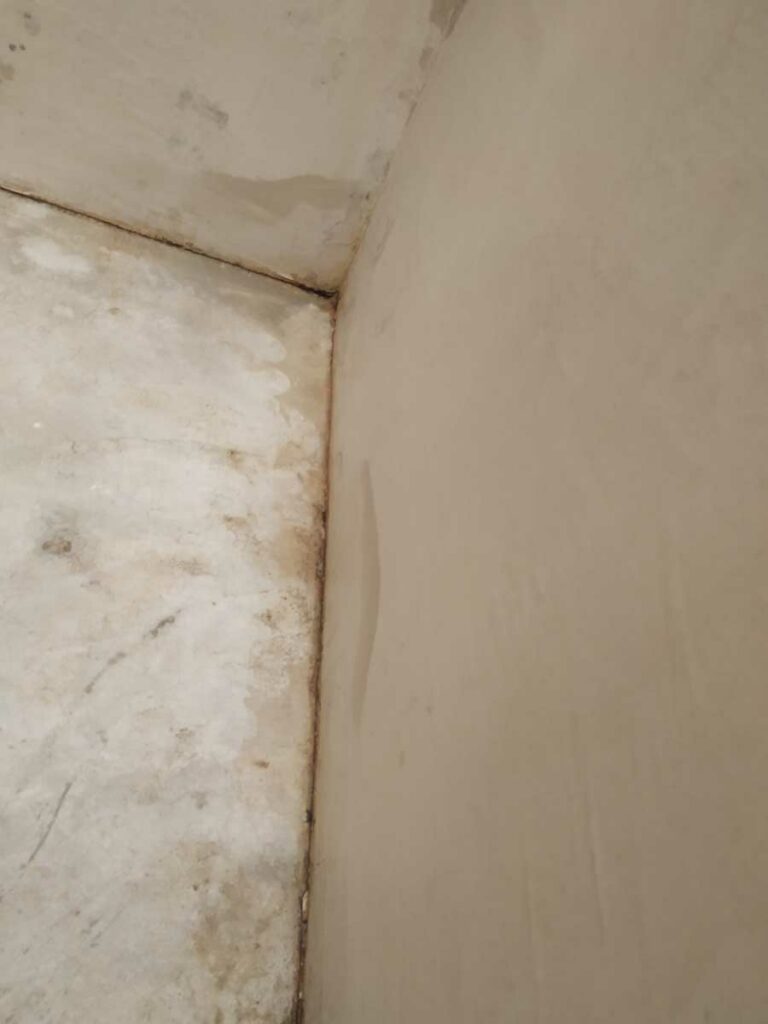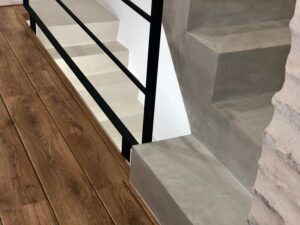
Microcement Colors
Microcement Colors All Microcement Colors What colors can be used with microcement? This is a question that many of our clients ask us. The reality
Microcement has evolved significantly since its introduction, becoming one of the most popular options for modern renovations seeking a natural and sophisticated aesthetic. However, despite its growing popularity, certain problems can arise during its application if best practices are not followed, most of which are easily avoidable.
In its early years, microcement was affected by a lack of experience in its application and variability in material quality, leading to issues like cracks, delamination, and peeling. These issues, usually caused by incorrect application or the use of inadequate materials, affected its reputation.

Today, microcement materials have significantly improved, allowing initial problems to be overcome. Major advancements include:
Improved Materials: Current products incorporate specialized bonding agents that enhance the durability and resistance of microcement, helping prevent common issues like cracks and stains.
More Precise Application: With improved training for applicators, standardized procedures have been established to ensure proper application, greatly reducing the risk of mistakes.
Although microcement has advanced, problems can still arise, generally due to improper application or environmental factors. Common problems include:
Cracks: The primary cause of cracks is insufficient surface preparation or improper application. To avoid this, it is crucial to ensure the base is clean, dry, and free of imperfections before applying microcement.
Stains: Stains often occur when the surface is not properly sealed or when exposed to external substances without protection. Using high-quality sealers is recommended to prevent this type of damage.
Peeling: Peeling or lifting of the microcement is an issue related to insufficient adhesion, usually caused by improper application. To prevent this, it’s essential to follow instructions regarding drying times and applied layers
To avoid the problems mentioned, certain best practices should be followed:
Hire Experienced Applicators: It is recommended to hire trained and experienced professionals for microcement application to ensure a durable and high-quality result.
Use High-Quality Materials: Choosing products that meet industry standards is crucial to ensuring the microcement provides the desired resistance and finish.
Follow Correct Application Procedures: Adhering to drying times, layer thickness, and recommended environmental conditions is key to achieving a durable and aesthetically pleasing finish.
At Lunik, it is guaranteed that all microcement products meet the highest quality standards. The materials undergo rigorous testing to ensure their performance and durability. Additionally, expert advice is offered throughout the application process to ensure each project is executed successfully.
For more information about available products and services, interested parties are invited to visit the website or contact the Lunik team directly.

Microcement Colors All Microcement Colors What colors can be used with microcement? This is a question that many of our clients ask us. The reality

Microcement Stairs Stairs Reform with Microcement Microcement stairs are one of the most successful applications in recent years. Stairs are part of the decoration of

Microcement Defects Main Errors in Microcement Microcement is a material that can be in perfect condition for many years, coating our homes naturally. But it